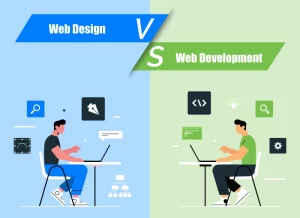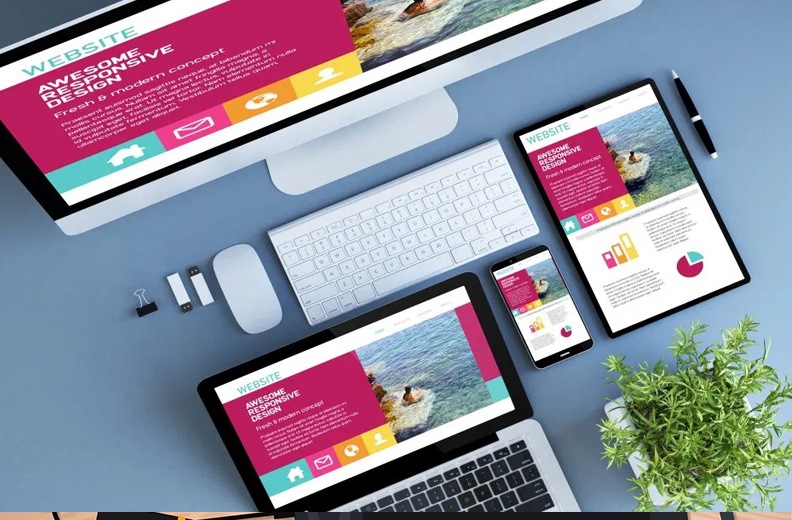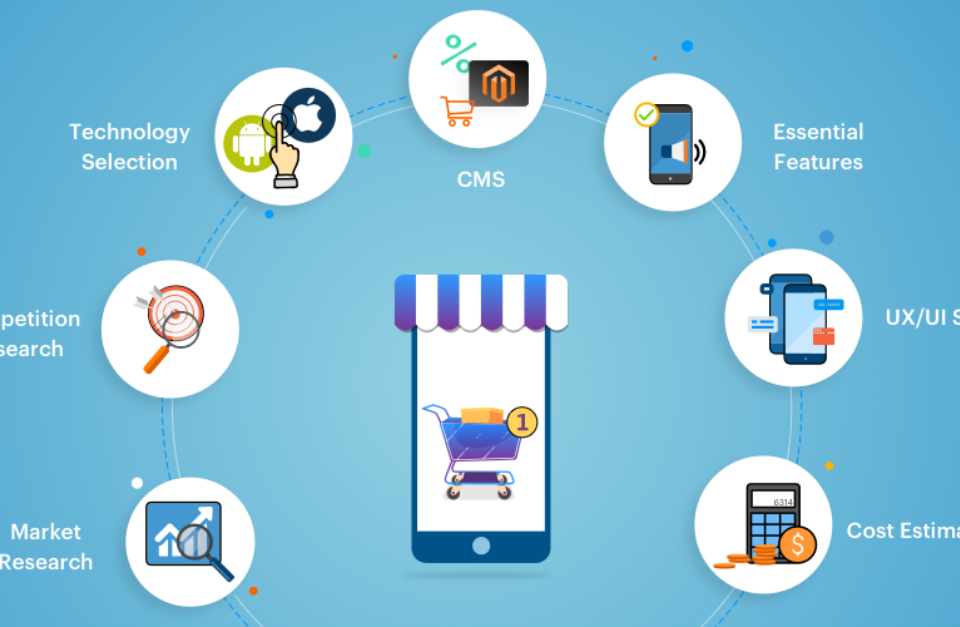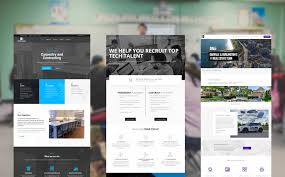- Have any questions?
- (Prasad) +91 96191 46851 | (Parag) +91 99878 20022
- support@pnpwebdesign.com
The Synergy of E-commerce and Web Designing: Crafting Engaging Online Shopping Experiences

Mastering Ecommerce Site Development: A Comprehensive Guide
March 28, 2024
Navigating the Digital Landscape: Top Digital Marketing Sites
March 28, 2024The Synergy of E-commerce and Web Designing: Crafting Engaging Online Shopping Experiences

In today’s digital age, the intersection of ecommerce and web designing plays a pivotal role in shaping the online shopping landscape. As businesses strive to create compelling digital storefronts, the synergy between e-commerce functionality and thoughtful web design has become increasingly essential. In this comprehensive guide, we’ll explore the symbiotic relationship between e-commerce and web designing, delving into strategies, best practices, and real-world examples to craft engaging online shopping experiences that captivate customers and drive conversions.
-
Understanding E-commerce and Web Designing:

E-commerce refers to the buying and selling of goods or services online, while web designing involves the creation and optimization of websites for optimal user experience and functionality. The integration of e-commerce functionality into web design encompasses aspects such as intuitive navigation, seamless checkout processes, and visually appealing product displays.
-
Importance of User Experience (UX) Design:
User experience design lies at the heart of effective e-commerce websites, as it focuses on enhancing usability, accessibility, and satisfaction for visitors. Through thoughtful UX design, businesses can streamline the browsing and purchasing journey, leading to higher conversion rates and customer retention. Key elements of UX design include responsive layouts, clear calls-to-action, and intuitive site navigation.
-
Optimizing Product Pages:
Product pages serve as the digital storefronts for e-commerce businesses, showcasing their offerings and enticing customers to make purchases. Effective web designing strategies for product pages include high-quality product images, detailed descriptions, customer reviews, and prominent “Add to Cart” buttons. By optimizing product pages for both visual appeal and usability, businesses can increase product discoverability and sales.
-
Seamless Checkout Experience:



The checkout process is a critical juncture in the e-commerce journey, where smooth and frictionless experiences are paramount. Web designers can optimize the checkout flow by minimizing form fields, offering guest checkout options, and providing multiple payment methods. Additionally, incorporating progress indicators and clear error messages can help alleviate user frustration and encourage completion of the purchase.
-
Responsive Design for Mobile Commerce:
With the rise of mobile shopping, responsive web design has become indispensable for e-commerce success. By designing websites that adapt seamlessly to various screen sizes and devices. Businesses can ensure a consistent and enjoyable shopping experience for mobile users. Responsive design not only enhances accessibility but also improves search engine rankings and boosts overall conversion rates.
-
Personalization and Customization:
Personalization and customization are powerful tools in e-commerce web designing. Allowing businesses to tailor the shopping experience to individual preferences and behavior. By leveraging data analytics, artificial intelligence, and user segmentation, businesses can deliver personalized product recommendations, targeted promotions. Dynamic content that resonates with customers on a personal level.
-
Building Trust and Credibility:


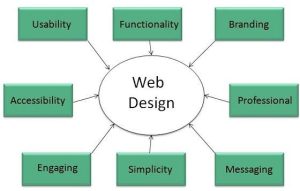
Trust and credibility are essential factors in online shopping, influencing purchasing decisions and brand loyalty. Web designers can instill trust by incorporating elements such as secure payment gateways, SSL certificates, customer testimonials, and transparent policies for shipping and returns. Additionally, displaying trust badges and industry certifications can reassure customers of the website’s legitimacy and security.
Conclusion: Ecommerce and Web Designing
In the dynamic realm of e-commerce, effective web designing is indispensable for creating immersive and engaging online shopping experiences. By synergizing e-commerce functionality with thoughtful design principles, businesses can captivate customers, foster brand loyalty. Drive sustainable growth in the digital marketplace. As technology continues to evolve, the fusion of e-commerce. Web designing will remain a cornerstone of success for businesses seeking to thrive in the ever-expanding world of online retail.

